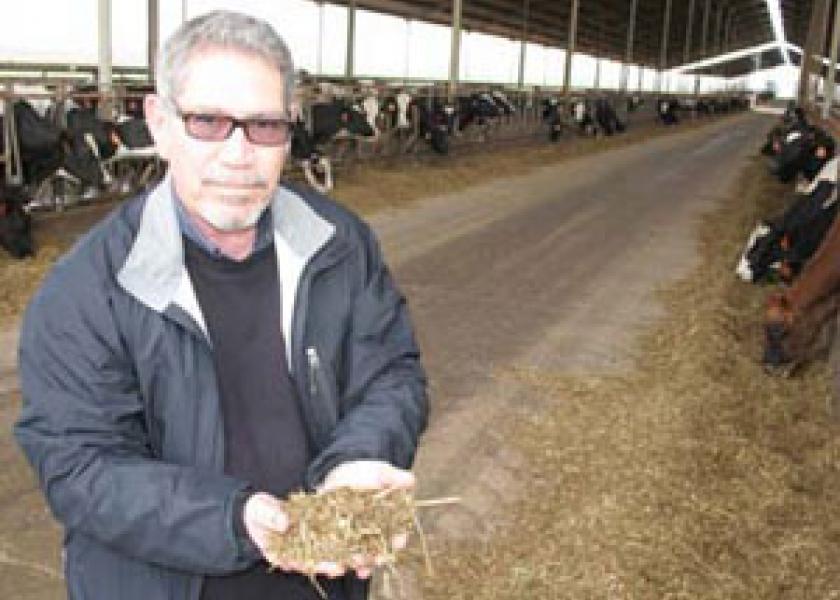Golden State’s dairy producers work to replenish equity lost in 2009-09 downturn.
California dairy producers recorded increased milk production for each of the first six months of the year compared to year-earlier levels, even as feed costs reach all-time highs, the California Department of Food and Agriculture (CDFA) says in
its 2011 Mid-Year Review.
Milk prices have also increased over year-ago levels, with the average mailbox milk price paid to California producers reaching $16.94 per cwt. for the first quarter of 2011. That compares to $13.51 for the first quarter of 2010, CDFA says.
"We’re not celebrating these prices but we are welcoming them," says dairy producer Anthony Mendes, whose dairy milks about 1,400 cows near Riverdale, Calif. "Compared to last year, we’re very relieved.
"The bleeding has stopped, but now we’ve got to fill the hole," he adds. "We’re not just surviving. Now we’ve got to go to the next step: replenishing our equity."
California’s milk production reflected an average positive growth rate of 2.6% for the first six months of 2011, compared to the same period in 2010, the CDFA report says.
Even so, the cost of feed relative to the total cost of production is at an all-time high. First-quarter average production costs reached $14.79 per cwt., CDFA says, compared to $13.45 for the same period in 2010.
That’s below the cost of production on Mendes’ dairy. He estimates his cost of production at $15.50 to $16 per cwt. but expects it to climb to $17 by year’s end. "That’s a fairly average cost of production – not the worst or the best," he says.
The upsurge in feed prices is "a black cloud," Mendes says.
Although he’s growing all his own alfalfa hay this year, Mendes recently checked the cost of purchased alfalfa. The price of $320 per ton shocked him. "When alfalfa hit $200 per ton last year, I about chocked," Mendes says.
Normal prices are in the $150 to $180 range for top-quality alfalfa. CDFA says first-quarter 2011 milk cow alfalfa costs were 26% higher than year-earlier levels, but lower than the same time period in 2008 and 2009.
Likewise, says Mendes, cottonseed has skyrocketed to $500 per ton in California’s Central Valley, compared to a once-average price of $175 to $250. Corn for dairy feed has soared to $375 per ton versus $120 - $150 seen in 2009.
Those high commodity prices mean "we need enormous milk prices to make money," Mendes says.
For the Golden State’s dairy processors, both national and global supply and demand for finished dairy products remains strong.
"If there’s one word for the future of California dairying, it’s exports," says Mendes, former chairman of the board of California Dairies Inc., the state’s largest dairy cooperative.
California’s dairy growth continues to focus on butter, up 8.9%, and powder products. Total cheese production has also grown by 4.6%, compared to last year.
CDFA’s Mid-Year Review also reported that the 508 highest-producing dairies, or about 30% of the state’s operations, produce 67% of the state’s milk marketings.

